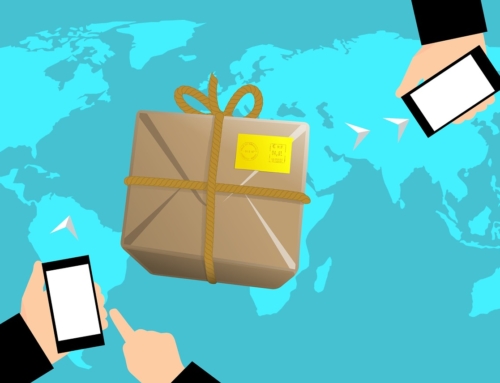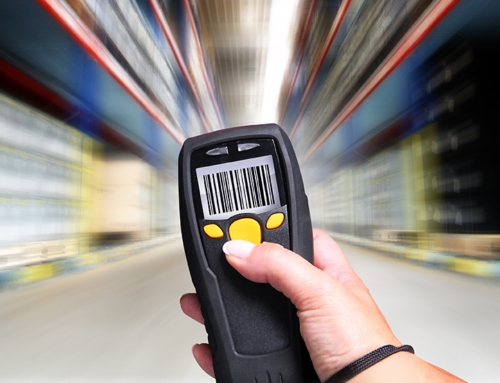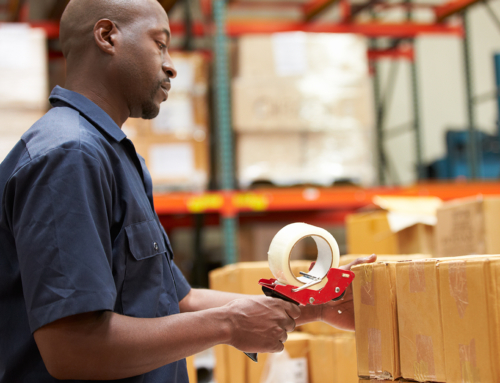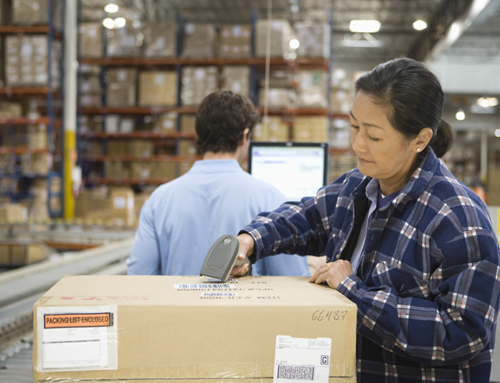Although eCommerce is growing at a rapid rate, with a forecasted sales value of $414 million for 2018, the returns rate of online products is frightful.
At least 30 percent of all products ordered online are returned to eCommerce shops, as compared to just 8.89 percent that go back to brick and mortar shops. That’s a lot of boxes and bags coming home to roost! You have to have a plan or you’ll be buried in that avalanche of eCommerce returns.
Getting Started with Reverse Logistics
If your online store doesn’t handle too many returns or you have a large space for sorting, you can easily handle your own reverse logistics in-house.
The intake process is the most challenging, and requires a strong eye for detail, since this is your one and only chance to catch any fraud or damage that might be concealed in incoming packages.
Many companies set up assembly lines to open, inspect and sort items as they come in, but this can become cumbersome if a particular item doesn’t include a packing slip or isn’t part of your inventory at all. Smart labels, which are prepaid labels you send with your orders, can help ease sorting, since you’ll be able to match up the order with the box simply by scanning the label into your system.
Sorting should be done according to the ultimate destination of the item:
- These items are like new and ready or all but ready to go right back into the warehouse for sale. You’ll recoup all of the original value in these items, assuming they were returned in a timely manner and you processed them quickly.
- Repackage for sale. Items that arrived in damaged packaging or without packaging, but were otherwise good, can be sold as “open box.” A subset of customers love these products because they can get a like new product at a discount, but they’re great for you, too, since you can also get most of the value of the product back.
- Return to vendor. Defective goods or goods you’re sending back due to warranty issues can be returned to the vendor to collect on agreements, often for the full value of the goods. You’ll need to figure in the cost of handling and shipping. It may be more cost-effective to refurbish and resell these items.
- When you have items you don’t want to resell on your site, but you don’t want to keep around, you can contact one of the disposition services to help out. There are many of them, and between the lot, you can shed almost any sort of inventory in nearly any condition.
- Items that are worth recycling can be sent out for scrap. Sometimes, you can recover some value from recycling items like batteries and electronics, which can contain valuable and relatively difficult to obtain metals in small quantities.
Items that can’t be sorted into these bins will have to be disposed of. Check your local regulations to determine what the laws are about discarding your particular type of waste. Some products will require special handling or have limits on how much or in what way they can be disposed.
If you don’t have the space, or feel like this is simply too much work for your small team, partnering with a good reverse logistics company can transfer the burden from your shoulders onto those of a company that does nothing but returns management all day, every day. You’ll lose a little bit of hands-on control, but you may gain a lot of speed and the experience a professional brings.







Leave A Comment